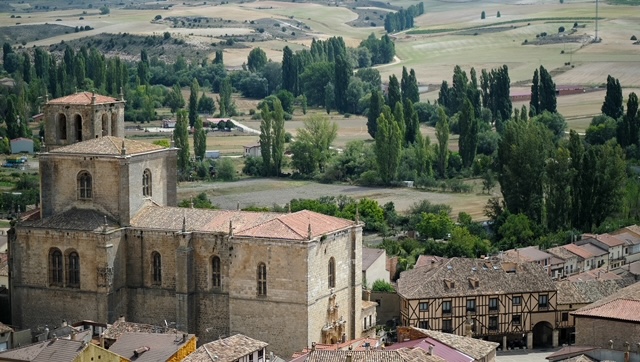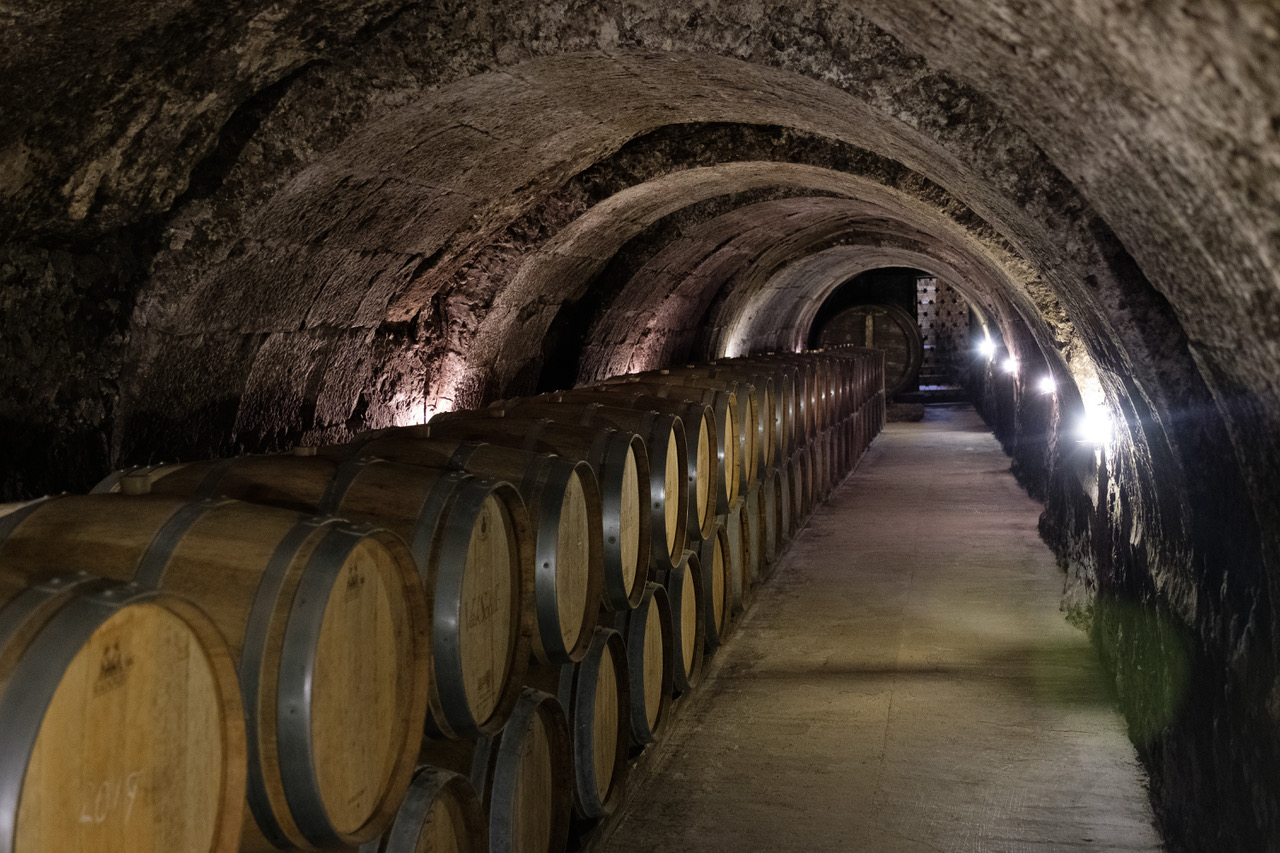Ribera Del Duero: Spain’s Most Coveted And Pristine Wine Region Emerges As The Next Major Wine Tourism Destination
 Photo Credit: Ribera Del Duero
Photo Credit: Ribera Del Duero
In recent decades, wine tourism has grown in popularity, with visitors experiencing good wines and food, as well as enjoying nature and local cultures. The global wine tourism industry is expected to grow from $46.47 billion in 2023 to $106.74 billion by 2030, growing annually by 12.9%.
Regions such as Burgundy in France, Napa Valley in the US, and Piedmont in Italy have become known as wine countries. These regions are also becoming more popular as destinations for events such as weddings, bachelor parties, or bridal showers. This has caused overcrowding and dilution of the region’s authentic essence, to the disappointment of wine enthusiasts.
One hidden gem of the wine tourism world is Ribera del Duero in Spain, just two hours away from Madrid. Winemaking in this region has a rich history of over 2,000 years, further strengthened by winemaking techniques introduced by Benedictine monks in the 12th century. The landscape is dotted with castles, and the wine aged in these castles’ cellars possesses a distinctive earthy flavor thanks to the natural aging environment.
Ribera del Duero is famous for Tempranillo wine grapes, also known as the King of Grapes. Known locally as Tinto Fino, these grapes are grown in extreme conditions. Due to wild temperature swings throughout the day, high altitude (between 2,360 and 3,608 feet above sea level), and rocky soil with high chalk, limestone, and clay content, vines have lower yields. The berries are smaller and darker, with thicker skins and higher acidity, creating more complex wines. Over a third of the vines in the region are above 45 years old, with around 10% exceeding 80 years. Most of the over 300 wineries in the region are small plots, and around 75% of the grapes are harvested by hand to meet the winegrowers’ strict criteria. These factors have resulted in the Tinto Fino varietal being coveted by winemakers and wine enthusiasts alike.
In 1982, the Spanish Government awarded Ribera del Duero with the status of Denominación de Origen (Denomination of Origin) for wine. Wine production is governed by a regulatory board, which standardizes winemaking practices and institutes rigorous quality control. To guarantee traceability, all bottles have a back label that displays a serial key and other relevant information.
 Photo Credit: Ribera Del Duero
Photo Credit: Ribera Del Duero
Aside from superior wines, Ribera del Duero has many more things to offer. The Duero River nourishes the vineyards and various nature preserves containing diverse plant and animal species. Visitors will also enjoy a unique peek into Castilian culture and history, with many heritage structures, such as centuries-old castles. Every August, the region hosts the Sonorama Ribera music festival that brings together music and wine, two ingredients for a good time. Local hearty culinary delights include Lechazo, a roast baby lamb dish, and various sheep milk cheeses. The numerous local sausages, soups, and breads all make great pairings with the region’s signature Tinto Fino.
Best of all, Ribera del Duero remains largely undiscovered by tourists, offering visitors an intimate and pristine wine tourism experience for those who prefer visiting something off the beaten path.
Ribera del Duero provides an authentic wine experience untouched by mass tourism, and it’s only a matter of time before the word goes out and tourists start flocking to this destination. With travelers from the US having a chance to win a free wine tour in Spain, you can visit Ribera del Duero ahead of the crowd and receive the full authentic experience, enriched by over 2,000 years of winemaking heritage.
Written in partnership with Tom White












